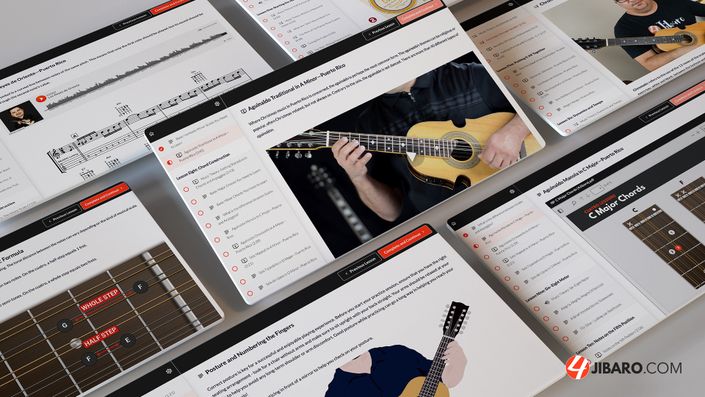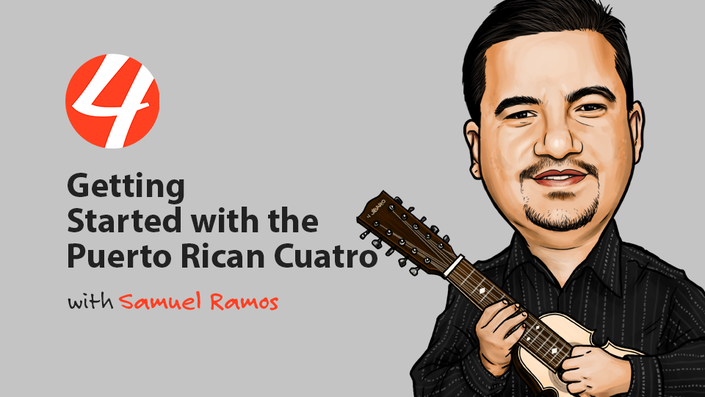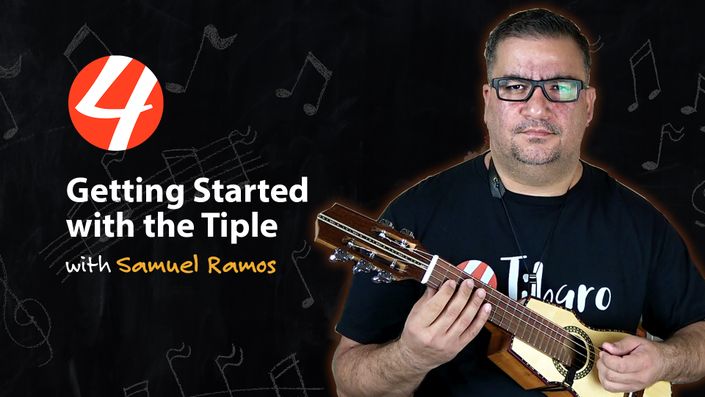A Folk Instruments Orchestra
A Puerto Rican Orquesta Jíbara was traditionally composed of the native string instruments of Puerto Rico: the tiple, the cuatro and the bordonúa. These instruments were made from native woods using a peculiar technique of carving the body and neck out of a solid chunk of wood.
The tiple is a five-stringed [sometimes five double strings] instrument about the size of a Hawaiian ukulele. There were three common types of tiples: the tiple doliente, tiple requinto, and tiple macho or tiple grande. In modern times, the tiple doliente is the only one still being played, and the instrument is commonly tuned in fourths from high to low: C, G, D, A, and E.

The Cuatro Puertorriqueño
At the beginning of the 18th century, the Puerto Rican cuatro or cuatro antiguo still had strings made of animal gut. By the beginning of the 19th century, the modern cuatro, also refered as cuatro aviolinado (or violin-style, because of the curved indentations at the waist of the instrument, had five double sets of metal strings, which gave the instrument a more ringing sound and a louder, richer tone. The cuatro has since emerged as the instrument the represents Puerto Rico’s national musical heritage and culture around the world.

The Bordonúa
The bordonúa takes its name from the Spanish word bordón, which is used to refer to the thickest strings of a stringed instrument. Similar to the guitar in size and sound, the bordonúa provided a bass background in an ensemble of native instruments.

Percussion
Percussion was provided by the güiro, a dried gourd with striations scratched on its side and played with a kind of fork, and the maracas. Maracas were made from round dried gourds filled with pebbles or dried seeds and fitted with handles, which were played in pairs.
In modern times, the tiple has been replaced by a second cuatro in the Orquesta Jíbara, and the bordonúa has been replaced by the guitar. The maracas have been replaced by an Afro-cuban instrument, the bongos.

Featured Courses
Ready to start your musical journey? Look no further than our step-by-step online courses! They're the perfect way to get started on learning how to play the cuatro, guitar or tiple. Check them out today!



